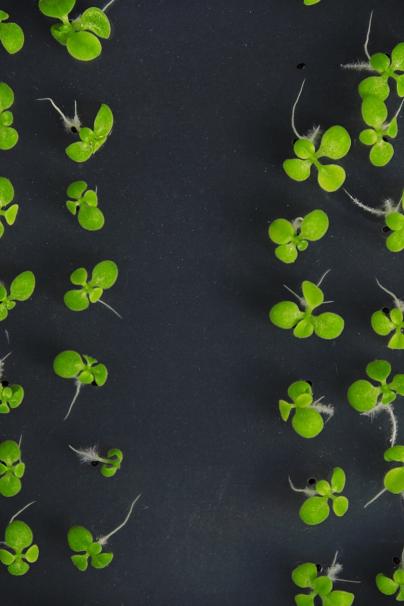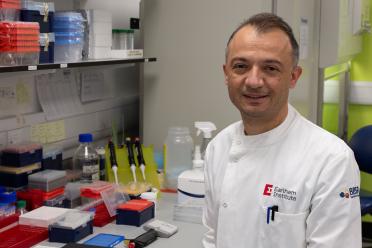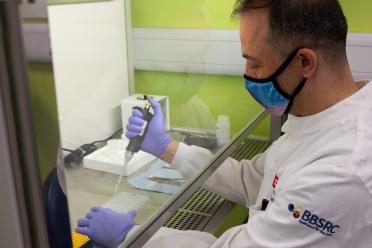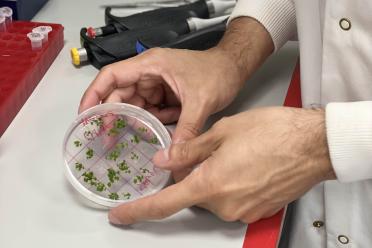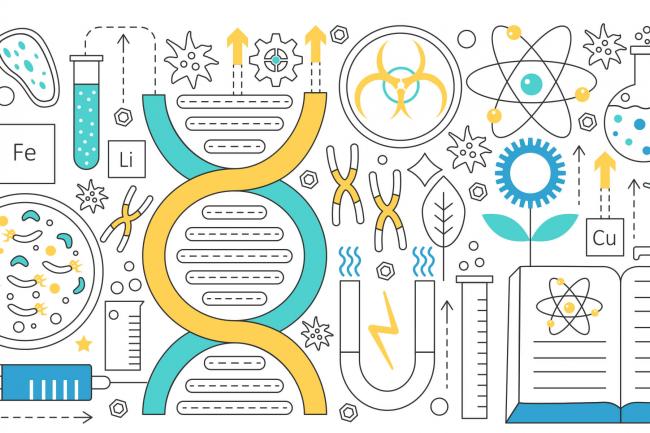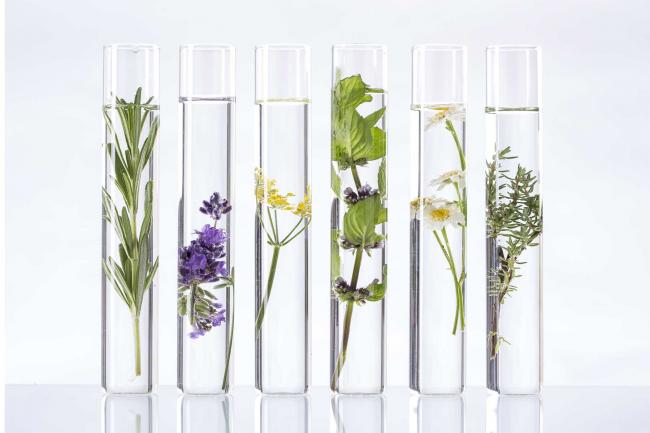Advances in genome editing still face technical barriers such as delivery of genome editing tools to plant tissues and a low frequency of editing.
Critically, for most crops, plant transformation, selection and regeneration relies on plant tissue culture, which poses a significant bottleneck due to the time, cost and labour required.
However, recent technical advances provide great potential for translating research to agriculture. For example, ‘prime editing’ and ‘modified nucleases’, also known as base editors, have made it easier to change a single letter of the DNA code and methods that employ components from plant viruses have made the delivery into some plant cells much simpler.
Additionally, tools from nanotechnology such as carbon nanotubes, lipid- or polymer-based nanoparticles are also providing exciting new opportunities to improve genome editing in a wide range of crops.
In an upcoming Research Topic in Frontiers in Genome Editing in which I will be Guest Editor, we aim to report remarkable achievements from across the scientific community that have overcome some of the challenges of genome engineering in crops.
